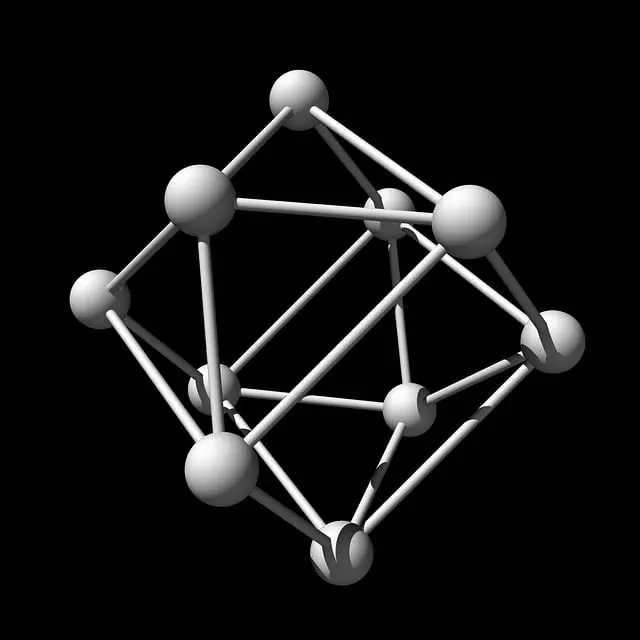Muscle soreness after exercise is a common issue that can impact recovery and athletic performance. This soreness, ranging from mild to severe, results from muscle fiber damage or overstretching, leading to inflammation and oxidative stress. The kratom k shot, derived from the Mitragyna speciosa tree, has been recognized for its potential benefits in alleviating this discomfort due to its traditional medicinal use and pain-relieving properties. Its active ingredients, mitragynine and 7-hydroxymitragynine, interact with opioid receptors, providing analgesic effects that may help lessen pain and inflammation, as reported by users. However, due to its potent effects and varying legal status, it is crucial to approach kratom with caution and seek medical advice before incorporating it into any recovery strategy. The K Shot, a concentrated form of kratom, offers rapid absorption and could potentially modulate inflammation, aiding in muscle healing and reducing post-workout soreness. Research is ongoing to understand its efficacy and safety profile, and individuals should follow personalized dosing instructions for the best outcomes and to minimize risks, always keeping in mind the importance of consulting healthcare professionals regarding its use within their specific health context and legal constraints.
muscular healing, kratom k shot, muscle recovery strategies, natural remedies for soreness, mitigating post-exercise pain, effective dosage guidelines, understanding muscle soreness mechanisms.
Exploring the intersection of physical exertion and natural remedies, this article delves into how kratom supplements, particularly the potent K Shot, can provide relief from muscle soreness. We’ll unravel the science behind kratom’s influence on muscle recovery, offering insights into its potential benefits and safe dosage for those seeking to alleviate post-exercise discomfort. Whether you’re an athlete or a fitness enthusiast, understanding how kratom can aid in your muscular healing process is key to maintaining an active lifestyle without the constraints of soreness. Join us as we navigate the effects of kratom on muscle recovery and provide you with the knowledge to make informed decisions about incorporating this supplement into your wellness routine.
- Understanding Muscle Soreness and Kratom's Role in Relief
- The Science Behind Kratom and Its Effects on Muscle Recovery
- Safe and Effective Kratom Dosage for Muscle Soreness: The K Shot Guide
Understanding Muscle Soreness and Kratom's Role in Relief

Muscle soreness, often a consequence of intense physical activity or exercise, can range from mild discomfort to severe pain, impeding an individual’s recovery and performance. The mechanisms behind muscle soreness are complex, involving inflammatory responses and oxidative stress that occur when muscle fibers are damaged or stretched beyond their usual capacity. Kratom, a tropical evergreen tree native to Southeast Asia, has been traditionally used in its regions for its medicinal properties, including pain relief. The kratom k shot, a concentrated form of kratom ingestion, is particularly gaining attention for its potential role in alleviating muscle soreness. Mitragynine and 7-hydroxymitragynine, the two primary alkaloids found in kratom leaves, are believed to interact with the body’s opioid receptors, providing analgesic effects. This interaction may help modulate pain signals and reduce inflammation, making it a promising supplement for those seeking relief from muscle soreness. Users often report that the k shot helps them manage discomfort after strenuous workouts, allowing for more efficient recovery and faster return to training. However, it is crucial to approach the use of kratom with caution, as its effects can be potent and its legal status varies by region. Consultation with healthcare professionals is recommended before incorporating kratom into any pain management regimen.
The Science Behind Kratom and Its Effects on Muscle Recovery

Kratom, derived from the leaves of Mitragyna speciosa, has been a subject of interest in the realm of natural supplements for muscle recovery and soreness relief. The alkaloids present in kratom, primarily mitragynine and 7-hydroxymitragynine, interact with the body’s opioid receptors, which can influence pain perception and musculoskeletal function. When consumed, kratom may stimulate mu-opioid receptors, potentially reducing pain associated with muscle exertion or injury. This effect, combined with its ability to enhance mood and energy levels through interaction with dopamine and serotonin pathways, makes it a promising adjunct for athletes and individuals engaged in strenuous activities seeking natural means of recovery.
The scientific community has been investigating the efficacy of kratom, particularly when administered in forms such as kratom k shots, for its potential benefits in muscle recovery. These concentrated doses are designed to provide quick absorption into the bloodstream, allowing for a more immediate and potent effect on pain management and muscle relaxation. Preliminary studies suggest that kratom may promote muscle healing by modulating inflammation, thereby reducing soreness after intense physical activity. However, it is crucial for individuals to exercise caution and consult healthcare professionals before integrating kratom into their recovery regimen, as the safety, optimal dosage, and long-term effects of its use are still under scrutiny and may vary based on individual health conditions and local regulations.
Safe and Effective Kratom Dosage for Muscle Soreness: The K Shot Guide

When addressing muscle soreness, individuals often seek natural alternatives to traditional pain relief methods. Kratom, a botanical supplement derived from the leaves of Mitragyna speciosa, has gained attention for its potential benefits in alleviating discomfort and promoting recovery. The K Shot, a specific formulation, is designed to offer targeted muscle soreness relief. To safely and effectively utilize kratom for muscle soreness, it’s crucial to understand the appropriate dosage. The K Shot typically contains a precise blend of kratom strains, tailored to deliver potent effects without overpowering the user. Users are advised to start with a lower dose to gauge individual sensitivity and gradually increase as needed, up to the recommended threshold. It’s important for users to consult with a healthcare provider before incorporating kratom into their wellness regimen, as dosage can vary based on factors such as body weight, tolerance, and specific health conditions. The K Shot guide emphasizes adherence to these personalized dosing instructions to ensure the best possible outcome while minimizing any potential risks associated with over-consumption of kratom. With careful consideration and responsible use, the K Shot can be a valuable tool for those seeking natural remedies for muscle soreness relief.
Muscle soreness can be a significant hindrance to one’s fitness journey and overall well-being. The article has explored the multifaceted nature of muscle soreness and how kratom, particularly in the form of the K Shot, may serve as an alternative relief strategy. Drawing from scientific evidence, we delved into the potential mechanisms by which kratom might aid in muscle recovery, offering a natural pathway for those seeking respite from post-exercise discomfort. For individuals considering kratom as part of their wellness regimen, understanding safe and effective dosage is paramount. The K Shot guide provided clear directions on how to incorporate this supplement responsibly. In integrating these insights, athletes and fitness enthusiasts may find a valuable tool in their pursuit of optimal performance and recovery, with kratom standing as a notable option for those looking to mitigate muscle soreness.






